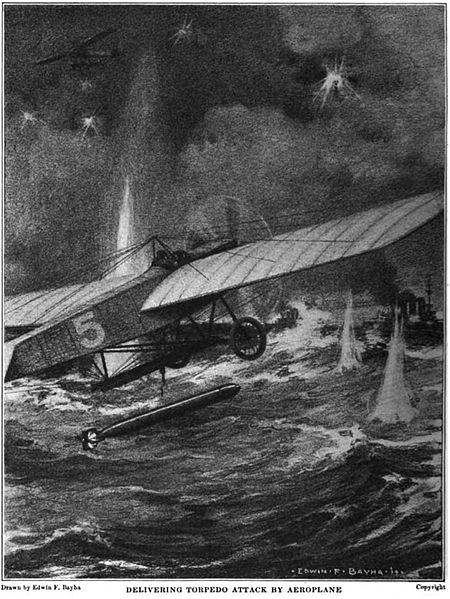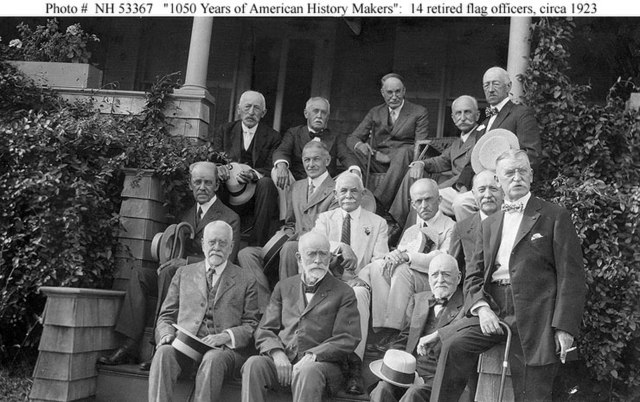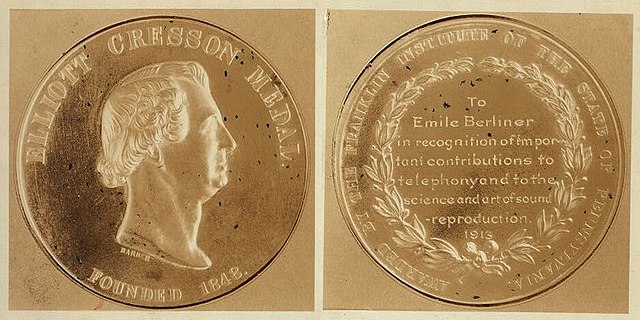Rear Admiral Bradley Allen Fiske was an officer in the United States Navy who was noted as a technical innovator. During his long career, Fiske invented more than a hundred and thirty electrical and mechanical devices, with both naval and civilian uses, and wrote extensively on technical and professional issues; The New Yorker called him "one of the notable naval inventors of all time." One of the earliest to understand the revolutionary possibilities of naval aviation, he wrote a number of books of important effect in gaining a wider understanding of the modern Navy by the public. For inventing the rangefinder, he was awarded the Elliott Cresson Medal of The Franklin Institute in 1891.
Bradley A. Fiske
In 1915, Fiske reported that aerial torpedoes could be used to attack enemy fleets in their own harbors.
Fiske Reading Machine with miniaturized text of Don Quixote by Miguel de Cervantes.
Fiske is second from the right in the back row in this photograph of 13 retired U.S. Navy and U.S. Marine Corps flag officers taken ca. 1923.
The Elliott Cresson Medal, also known as the Elliott Cresson Gold Medal, was the highest award given by the Franklin Institute. The award was established by Elliott Cresson, life member of the Franklin Institute, with $1,000 granted in 1848. The endowed award was to be "for some discovery in the Arts and Sciences, or for the invention or improvement of some useful machine, or for some new process or combination of materials in manufactures, or for ingenuity skill or perfection in workmanship." The medal was first awarded in 1875, 21 years after Cresson's death.
Elliott Cresson Medal given to Emile Berliner in 1913





